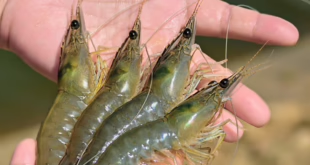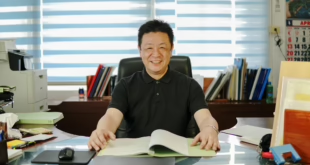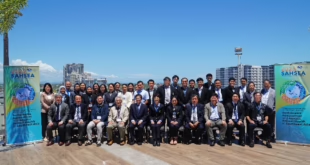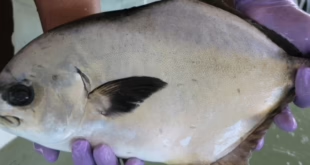An AQD research staff was among the recipients of the student exchange program at Kagoshima University (Japan) from 9 July to 8 November.
During this four-month training, technical assistant Ms. Ma. Irene Cabanilla, who is also pursuing a master’s degree in Fisheries at the University of the Philippines Visayas, worked on the study on “DNA/RNA ratio and otolith growth as a measure of the nutritional condition of Pacific bluefin tuna (Thunnus orientalis) larvae”. She was supervised by associate professor Dr. Tomonari Kotani.
In addition, Ms. Cabanilla with her fellow participants visited eel farms and the hatchery of the Kagoshima Creative Abundant Sea Association which raises amberjack, red seabream, flounder, yellowtail, and abalone. They also attended the “High-value aquaculture finfish symposium” and “Sushi making from high-value fish in Japan” seminar, both sponsored by the World Aquaculture Society – Asia Pacific chapter.



 SEAFDEC/AQD Southeast Asian Fisheries Development Center | Aquaculture Department
SEAFDEC/AQD Southeast Asian Fisheries Development Center | Aquaculture Department



